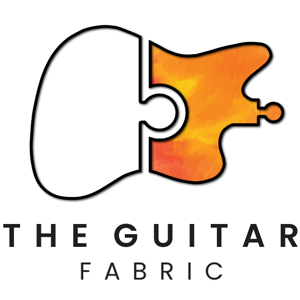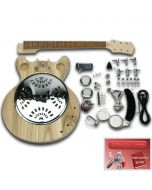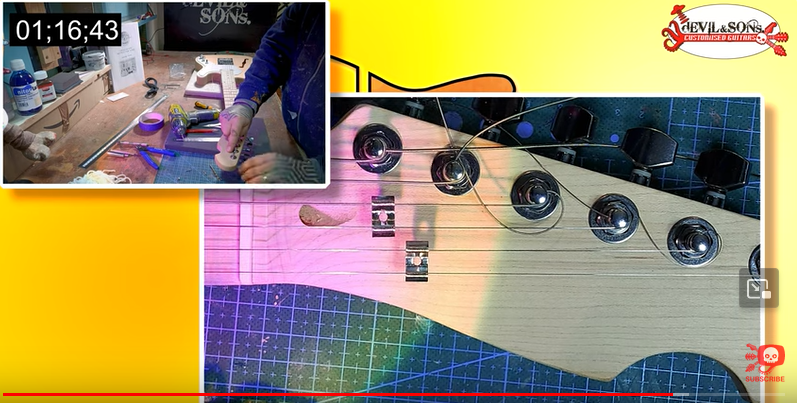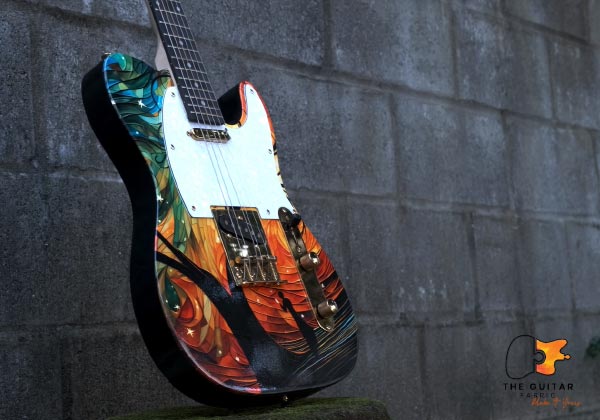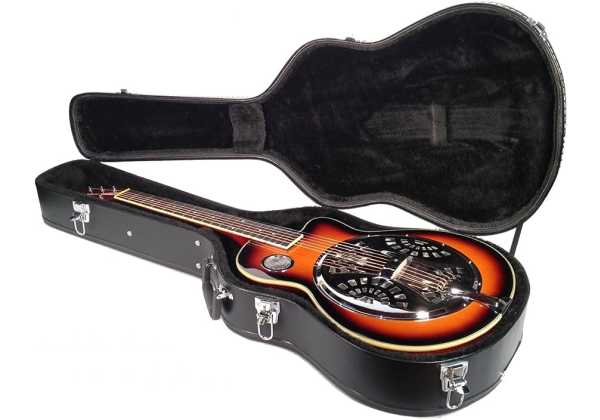
THE ACOUSTIC-ELECTRO RESONATOR GUITAR: A HARMONIC FUSION OF TRADITION AND TECHNOLOGY
The world of stringed instruments is a realm of timeless tradition and boundless innovation. Among the myriad of musical treasures, the Acoustic-Electro Resonator guitar, known affectionately as the "Dobro" or the "Ashbury" guitar, stands as a testament to the harmonious fusion of heritage and technology.
The Resonator Guitar's Roots
The story of the resonator guitar begins in the 1920s when John Dopyera and his brothers, immigrants from Slovakia, set out to create a guitar with enhanced volume. Traditional acoustic guitars of the time struggled to compete with louder instruments in group settings, and the Dopyera brothers sought to bridge this gap.
Their solution was the resonator guitar, which featured a metal resonator cone under the bridge. This cone effectively amplified the guitar's sound, producing a tone that was brighter, louder, and carried a distinctive metallic twang. The design was so innovative that the Dopyera brothers formed the Dobro Manufacturing Company, a portmanteau of "Dopyera Brothers."

Jerry Douglas: "The resonator guitar is the most versatile instrument I know. It can be used to play any style of music, from bluegrass to country to rock to jazz."
From Dobro to Ashbury: The Evolution
Over the years, the Dobro guitar became synonymous with resonator instruments, but the legacy didn't stop there. The Ashbury guitar, developed later, also embraced the resonator concept, offering players an avenue to explore new sonic territories.
The Ashbury guitar refined the resonator concept further, ensuring that the instrument's rich, vibrant tones could be appreciated in various musical genres. With a focus on tonal quality, the Ashbury guitar has quickly established itself as a worthy sibling to the Dobro, bearing the torch of resonator excellence.
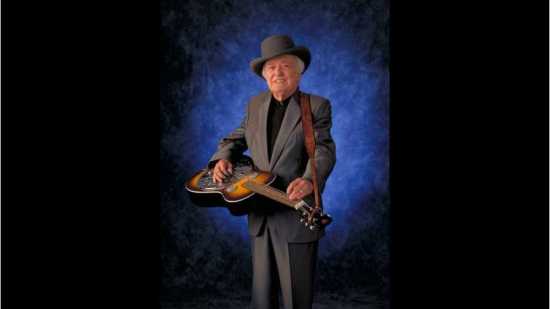
Josh Graves and the resonator guitar: "The resonator guitar is a very powerful instrument. It can cut through any mix, and it's great for playing solos."
The Resonator Guitar's Distinctive Sound
What sets the resonator guitar apart is its distinctive sound. The metal resonator cone, often in the shape of a spider or biscuit, is a key component responsible for the guitar's unique tonal characteristics. It imparts a metallic, percussive quality to the instrument's voice, making it instantly recognizable.
The resonator guitar is prized for its projection and clarity. Musicians often choose it for slide guitar playing, blues, bluegrass, and folk music, where its resonant tones can truly shine. The guitar's voice can evoke feelings of nostalgia, transporting listeners to a bygone era while remaining firmly grounded in contemporary music.

Keb' Mo' said that: "The resonator guitar is a very spiritual instrument. It has a deep, resonant sound that can really connect with people on an emotional level."
Modern Resonators: The Electrifying Twist
In the modern era, the acoustic-electro resonator guitar has emerged as a force to be reckoned with. By integrating electronic pickups, these instruments can be plugged into amplifiers and sound systems, allowing the resonator's distinct sound to reach larger audiences. This innovation makes the resonator guitar a versatile choice for live performances and recording sessions.

Jorma Kaukonen and the resonator: "The resonator guitar is a very responsive instrument. It's easy to play, but it can be very challenging to master."
A Resonating Legacy
The Acoustic-Electro Resonator guitar, be it the Dobro or Ashbury, represents a harmonious blend of traditional artistry and modern technology. Its distinctive voice is a testament to the enduring legacy of innovation and creativity in the world of stringed instruments.
It is difficult to find exact sales figures for acoustic-electro resonator guitars, but it is estimated that several thousand units are produced each year. The majority of these guitars are produced by small boutique manufacturers, although there are a few larger manufacturers that also produce acoustic-electro resonator guitars.
Whether you're a traditionalist, a modern musician, or an explorer of unique tones, the resonator guitar offers a captivating journey through the rich sounds of the past and the boundless possibilities of the present. With its harmonious fusion of tradition and technology, the Acoustic-Electro Resonator guitar is a resonating testament to the ever-evolving world of music.
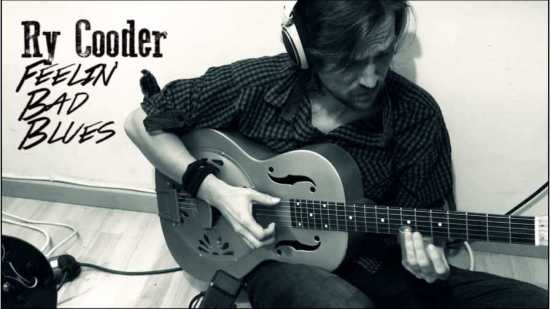
Ry Cooder: "The resonator guitar is a very dynamic instrument. It can be very quiet and delicate, or it can be very loud and aggressive."
Resonate with Tradition and Innovation
The Acoustic-Electro Resonator guitar, a harmonious fusion of tradition and technology, allows you to create music that resonates with both the past and the present. Whether you're drawn to the metallic twang of the classic resonator sound or the versatility of an Electro-Acoustic guitar, you'll find endless possibilities with our DIY guitar kits.
Building your custom resonator guitar is more than just assembling parts; it's a journey of creativity. With our Resonator acoustic guitar kit, you have the freedom to choose the components, shapes, and finishes that resonate with your vision. The stage is set for your ingenuity, and we can't wait to see the instrument you made.
Construction of the Dobro Resonator Guitar
The Dobro resonator guitar is a special kind of acoustic guitar that has a metal cone in the middle of its front side. This cone, made of aluminum, gives the guitar a bright and powerful sound by directing the music in a unique way. The guitar has a round body, a bit smaller than regular acoustic guitars, and a longer neck. The headstock, where the tuning machines are, is attached to the neck. The bridge and tailpiece, both metal, hold the strings, which pass over the cone, also known as a "spider," to the tailpiece. The guitar's body is made of mahogany wood, and the soundboard, which is usually arched, is made of spruce to give the guitar a special tone.
The Dobro resonator guitar is usually fitted with a metal pickguard to protect the guitar’s soundboard from damage due to the metal resonator. The pickguard helps create a unique tone by helping to reflect the sound off the resonator cone. The Dobro resonator guitar is typically played with a flatpick but can also be fingerpicked or strummed with a pick or bare fingers.
Let’s take a look on what our customers share with us.
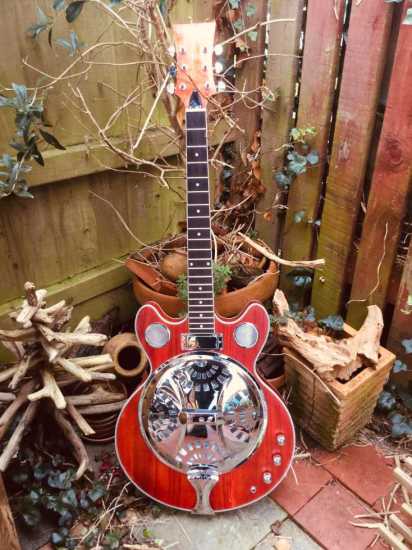
An exceptional showcase from our customer, featuring a beautifully completed Dobro guitar, meticulously assembled from our DIY guitar kit. The attention to detail, from the elegant finish to the fine-tuned setup, is truly commendable.
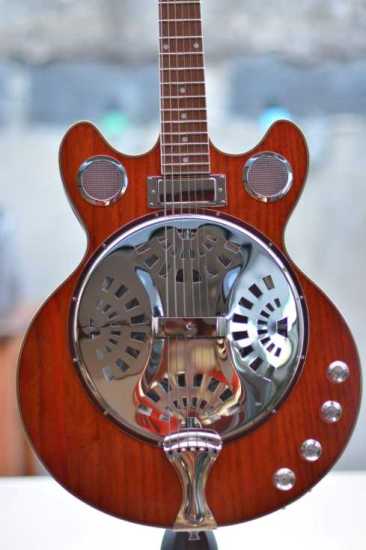
An impressive testament to our customer's meticulous efforts and creative modifications. This Dobro guitar, assembled from our DIY kit, showcases a blend of skills and personal touch, from the unique stain choices to the thoughtful adjustments and varnish application.

This Dobro guitar, brought to life from one of our DIY kits, is a testament to their dedication and passion for the building process.

From the striking finish to the meticulous adjustments and personal touches, it's a true passion that resonates with the spirit of creativity and music.
 FR
FR US
US DE
DE IT
IT ES
ES